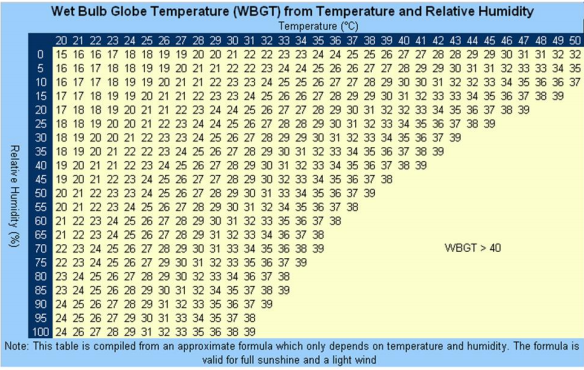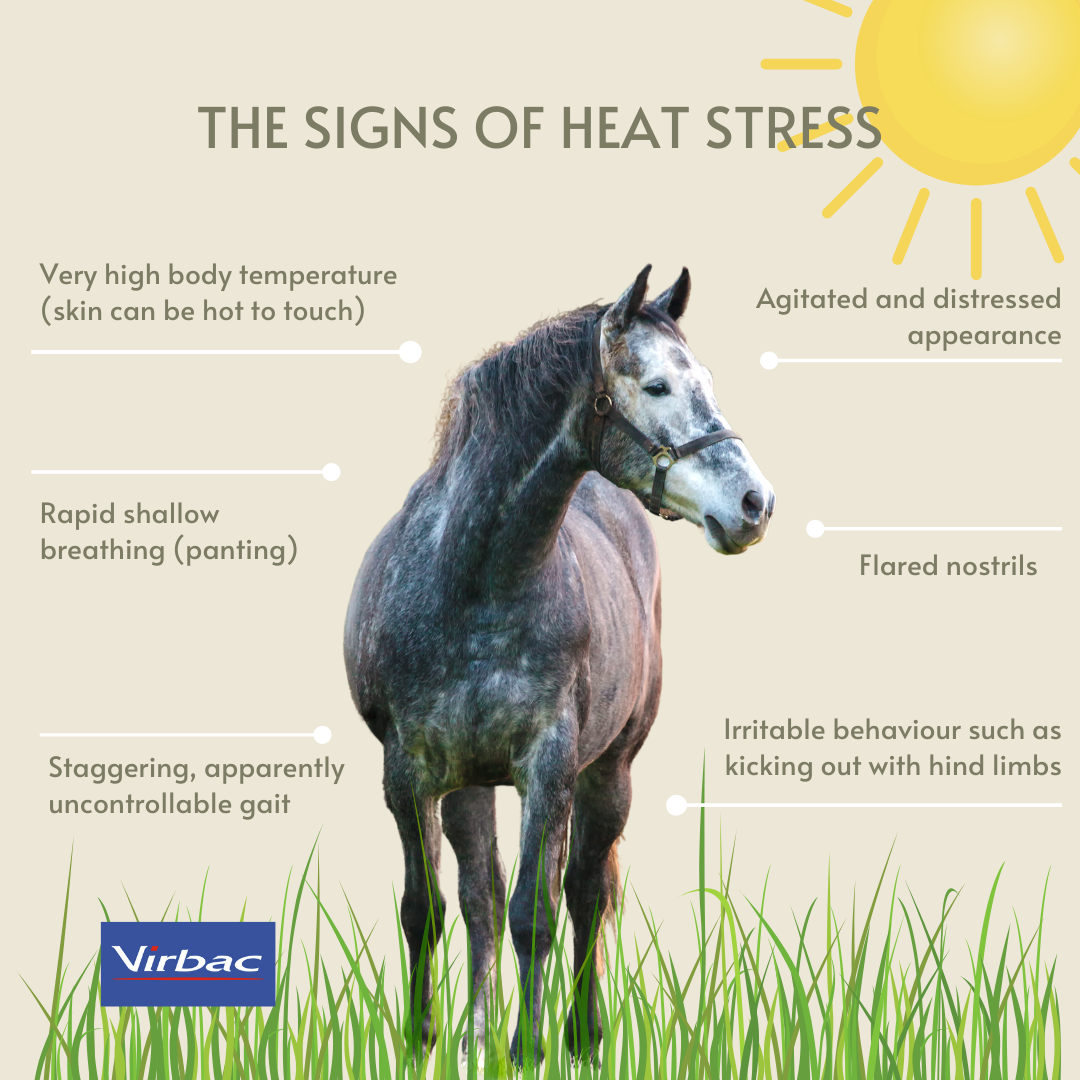Sizzling Summers for horses in Australia – it is time to cool off and Recharge
- Dec 14, 2020
There is no mistaking the arrival of the Australian summer – especially for horse owners. As temperatures climb each day throughout the warmer months, owners are faced with changing conditions as their horses’ bodies adjust to the heat. The environmental changes of summer impact a large number of factors for horses, and among the most important are nutritional requirements – particularly the intake of salt. Here we will discuss the elements that can lead to harmful heat stress in horses and determine its significance in addressing the risks associated with dehydration and high body temperature and evaluate best practice management when faced with these concerns.
Firstly, we must acknowledge that the outside air temperature alone is not the only variable when assessing the danger of heat stress. Equestrian Australia’s hot weather policy adheres to the Wet Bulb Globe Temperature Approximation or WGBT, which provides a scale between air temperature and relative humidity to determine comfortable or hazardous conditions for any physical outdoor activity.
Figure 1 – Wet Bulb Globe Temperature Approximation


The policy outlines compulsory aggressive cooling measures for event holders when WBGT reaches 30 or higher, which as you can see in Figure 1 can occur at temperatures as mild as 25°C when the humidity is high – which is commonly associated with the La Niña weather cycle that has recommenced in Australia in 2020. These measures include the mandatory provision of ice for use in cooling body temperature as well as access to a minimum of two wash bays and shaded areas. Event committees are encouraged to review the timing of their classes to parts of the day that naturally have a lower WBGT such as early morning or late afternoon, especially for the elite levels with greater athletic demand. However, the reality is that most events are conducted and run by committees of volunteers and if resources are limited it cannot be understated that the well-being and welfare of any horse absolutely falls to the individual responsible for bringing it forth to compete. Even without exposure to high WBGT conditions, certain horses may be more susceptible to heat stress. Having a nervous/excitable temperament, travelling long distance by truck or float, sweating heavily, or having water withheld for any reason can lead to serious ailment and affect the horse’s ability to withstand hot weather during competition.
Figure 2 – The Signs of Heat Stress


Surprisingly, competition and travel are not the exclusive causes of heat stress. A horse showing any or a combination of symptoms as outlined in Figure 2 may need urgent intervention or veterinary attention – even if they are simply out in the paddock at home or on a leisurely trail ride, so it pays to know what to look for and be able to take action.
When considering best practice behaviours for managing horses in the hottest months, it is important to remember that prevention is far better than cure. Proactively overseeing changes in your horses’ healthcare routine can avoid detrimental wellbeing consequences and costly vet visits.
Preparation for horse owners prior to summer activities may include:
- Researching accurate weather forecast information and assessing the WBGT
- Preparing additional independent water sources when competing or riding away from home in case there are issues with water access at the destination (mishaps can occur!)
- Amend travel plans to allow adequate rest and water breaks and avoid travelling during the hottest parts of day
- Supplement with an on-the-go electrolyte product to replenish the loss of vital salts and minerals and stimulate a thirst response
Whilst it is recommended to provide a daily in-feed salt supplement (such as Humidimix®) for horses that continue to exercise and sweat throughout summer, one of the most convenient and cost effective products a horse owner can have on hand is Recharge® – made in regional Australia by Virbac Animal Health. The bottle is an easy to use squeeze and measure device which dispenses the product into a smaller chamber where the accurate amount can then be tipped into feed or water, or drawn up with a syringe for oral administration over the tongue. Recharge has a salty caramel like flavour that many horses seek out and enjoy once accustomed to it. One of the most significant uses of Recharge is in drinking water, as its palatability helps to encourage horses to consume more and hence rehydrate more effectively. Horses often may be reluctant to drink when their water source changes to one that is unfamiliar – for example if they are accustomed to drinking rain water at home and whilst offsite only tap water is available, Recharge can aid in masking the smell and taste – all while topping up the essential salts and minerals. At around $35 to $40 from most saddleries and produce stores, Recharge is a cost-effective solution to help combat the many risks of heat related issues whilst ensuring some peace of mind – with the added bonus of many horses loving it too!
At $34.99 from your local Horseland store, Recharge is a cost-effective solution to help combat the many risks of heat related issues whilst ensuring some peace of mind – with the added bonus of many horses loving it too!

